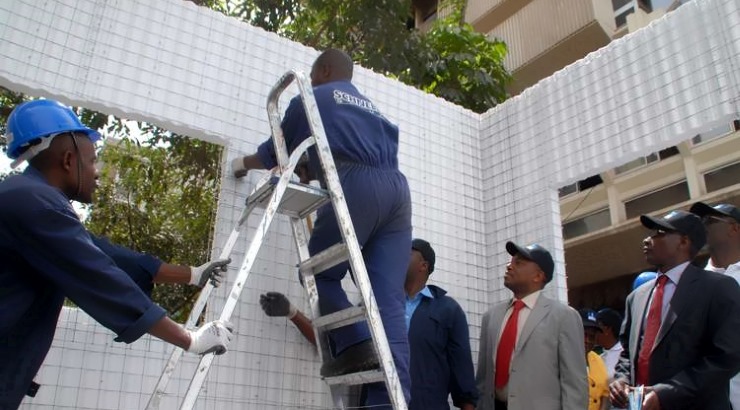Project News
Big hurdles stand in way of Kenya’s low cost housing scheme
Pension funds may be reluctant to commit themselves to the scheme considering the return expectations.

Kenya faces a difficult task convincing foreign investors to help finance the planned construction of 500,000 low cost houses in the next five years, with some analysts already predicting a bleak outcome.
In a recent interview with the Financial Times of London, Monica Juma, the secretary for foreign affairs, said the government is looking to match global pension funds with local funds to raise part of the Sh750 billion that developers estimate it will cost to build the homes.
“[The government is discussing] matching the pension funds with the Kenyan pension funds as part of the investment”, Ms Juma said. “This is not corporate social responsibility. We’re offering real opportunities for returns. The need is real.”
A raft of incentives are on offer for prospective developers, among them provision of government land for low cost housing projects. Indeed, investors who have met President Uhuru Kenyatta say he has appeared willing to give out land for the ambitious project.
READ: Kenya’s first ever land bank tipped to fight off speculators
The government has also formed the Kenya Mortgage Refinance Company, which will lend banks and saccos cash to extend inexpensive mortgages to low income earners.
However, behind the well thought out affordable housing plan are two major challenges.
According to Oliver Hamilton, a principal consultant at Aon – a global investment advisory firm, pension funds may be reluctant to commit themselves to the scheme considering the return expectations.
“These funds are high risk with private equity-style return expectations,” Mr Hamilton says. “The list of requirements to make this sort of investment institutionally sound is always going to be incredibly long — with a clear understanding of the relevant laws as a start.”
The fact that Kenya’s 10-year US-dollar sovereign debt is offering a yield of about 8 per cent is itself a hurdle. It means that a riskier investment like a housing fund would need to include an additional risk premium, which would make it costly for those raising funds.
Investment advisor Aly-Khan Satchu is, however, optimistic that international pension funds will be quick to invest in the project if the yield and investment vehicle is suitable.
“Bricks and mortar investments are seen as less risky to hold so this should be an interesting sector for them,” Mr Satchu said.












